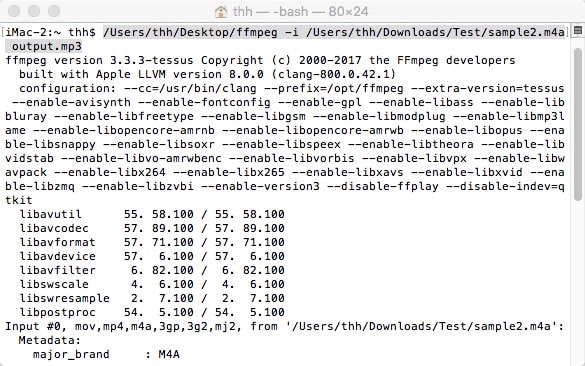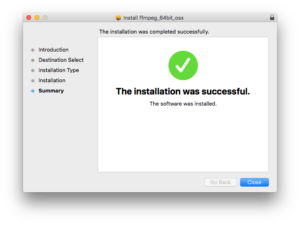

You will see the verbose decoding/encoding process in the terminal which may take a few moments.


REM map unused drive letters to source and destinationįor /R x:\ %%F in (*.mp4, *.aac, *.flv, *.m4a, *.mp3) do (įfmpeg -v quiet -i "%%F" -vcodec libx264 "y:%%~pnF-converted. Open up a terminal, cd to the directory of FLAC files that you wish to convert, and invoke flac2mp3 (or whatever you named the script). That would allow you to use the full absolute path (without the drive letter). 4 to an MP3 file, use the id3v2version private option of the MP3 muxer: ffmpeg -i input.flac -id3v2version 3 out.mp3 All codec AVOptions are per-stream, and. Some fancy wizards make things easy for non-experts. There is a really simple solution if you have two unassigned drive letters that can be mapped to your root source and destination folders. FFmpeg Batch AV Converter is a free universal audio and video encoder, that allows to use the full potential of ffmpeg command line with a few mouse clicks in a convenient GUI with drag and drop, progress information. REM do not copy empty folders or any Copying directory structure from %1 to %2. REM get absolute path of source and destination roots Once I know the length of the root source path, it is easy to do a substring operation on the full path of a source file to get the relative path. There are many techniques for computing string length in batch. The untested code below uses a batch function to determine the length of a string. That is not trivial to do if you want the script to be bullet proof. You need to incorporate the relative path of each source file into your destination.


 0 kommentar(er)
0 kommentar(er)
